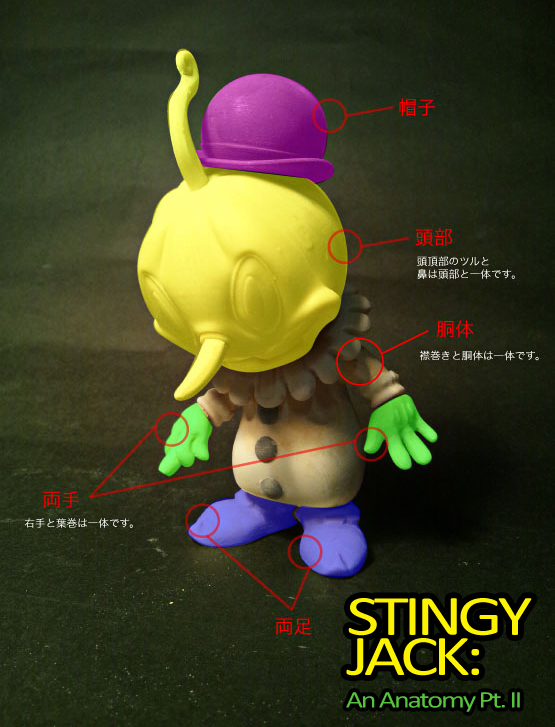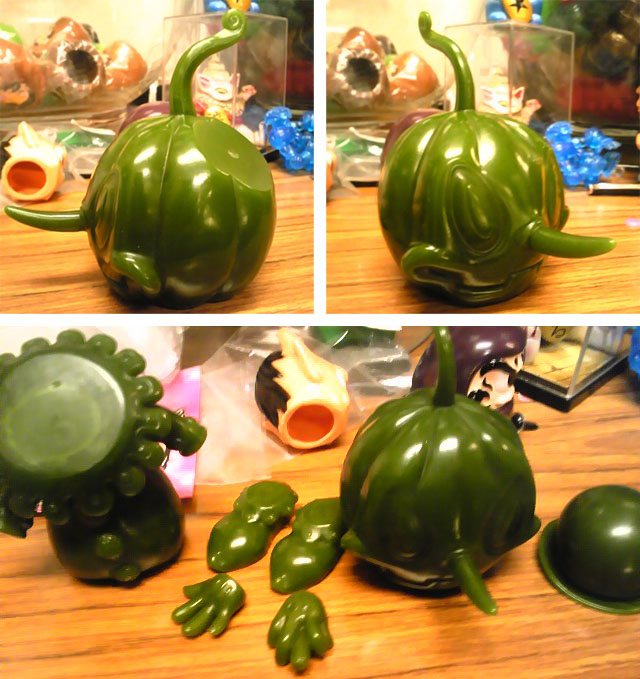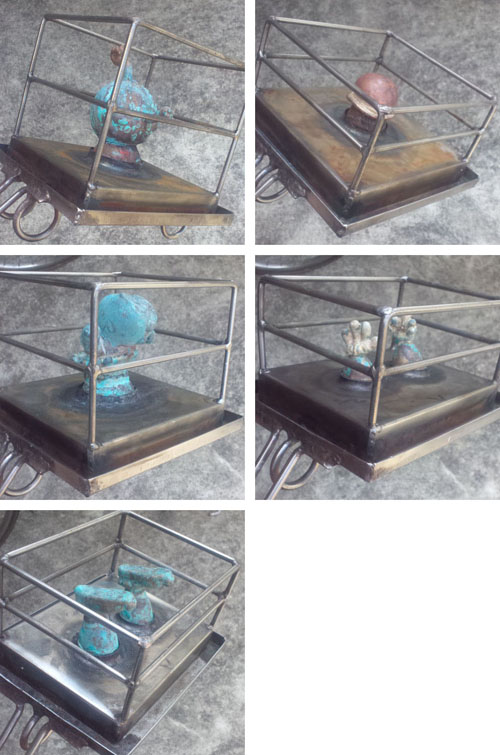 Previously on Stingy Jack, An Anatomy: Brandt Peters and Tomenosuke-syoten’s Shinji Nakako join forces and found an ambitious new designer toy project: Circus Posterus x Tomenosuke sofubi. This particular blog series follows the production of Brandt’s Stingy Jack, the first of an entire line of sofubi figures from different Circus artists. Part I saw Stingy go from resin prototype to mods to re-sculpting for sofubi format. Now: we head to Obitsu, a long-established Japanese plastics manufacturer, where Stingy prepares to be cloned. ***
Previously on Stingy Jack, An Anatomy: Brandt Peters and Tomenosuke-syoten’s Shinji Nakako join forces and found an ambitious new designer toy project: Circus Posterus x Tomenosuke sofubi. This particular blog series follows the production of Brandt’s Stingy Jack, the first of an entire line of sofubi figures from different Circus artists. Part I saw Stingy go from resin prototype to mods to re-sculpting for sofubi format. Now: we head to Obitsu, a long-established Japanese plastics manufacturer, where Stingy prepares to be cloned. ***
Following Stingy’s sofubi facelift, the master sculpt is taken to Obitsu to determine how many molds it will require. With all of his accessories and details, Stingy is considered a fairly complex sculpt by sofubi standards, with seven separate parts (hat, head, torso, two hands, two feet). It’s determined that he’ll require a total of five molds, as illustrated by the colour-coding in the image above.
For molding purposes, the master sculpt is re-cast in wax, which is then used to create the metal molds.
And heeeeeeeere’s Stingy! I mean, can you get more metal?! With these molds, Obitsu casts the first test-pulls. As you can see, the body parts are made slightly longer than necessary to account for the flashing (i.e. cone-like ‘leftovers’ which make it easier to pull the pieces out of the mold).
Now, let us all hold hands and watch Stingy be birthed. It’s actually quite an interesting process:
1) The vinyl is poured into the mold.
2) The mold is then put into a large drum where it’s spun (the number of times a figure is spun is in direct correlation with the thickness of the vinyl).
3) The mold is then briefly dropped into a chemical bath, drained and cooled.
4) The sculpt is then plucked from the mold and set aside.
5) This is repeated with every part of the figure.
Up next: we cut some flash, assemble some Stingies and start planning the figure’s first colorway! (My kind of party!)
[via the Tomeno blog]



Pingback: » Stingy Jack: An Anatomy, Part III News | Circus Posterus
Pingback: » Calliope Jackalope: An Anatomy, Pt. II News | Circus Posterus